14 Common cooking myths debunked
Trending Now
Cooking is both an art and a science, but sometimes myths can make it feel more like a mystery. From searing techniques to the best ways to cook pasta, everyone seems to have their own ‘tried and true’ methods.
But how many of these are actually based on facts? Today, we’re diving into the truth behind some of the most common cooking myths to help you become a more informed and confident cook. Let’s debunk these myths one by one!
Myth: Searing Meat Seals in Juices
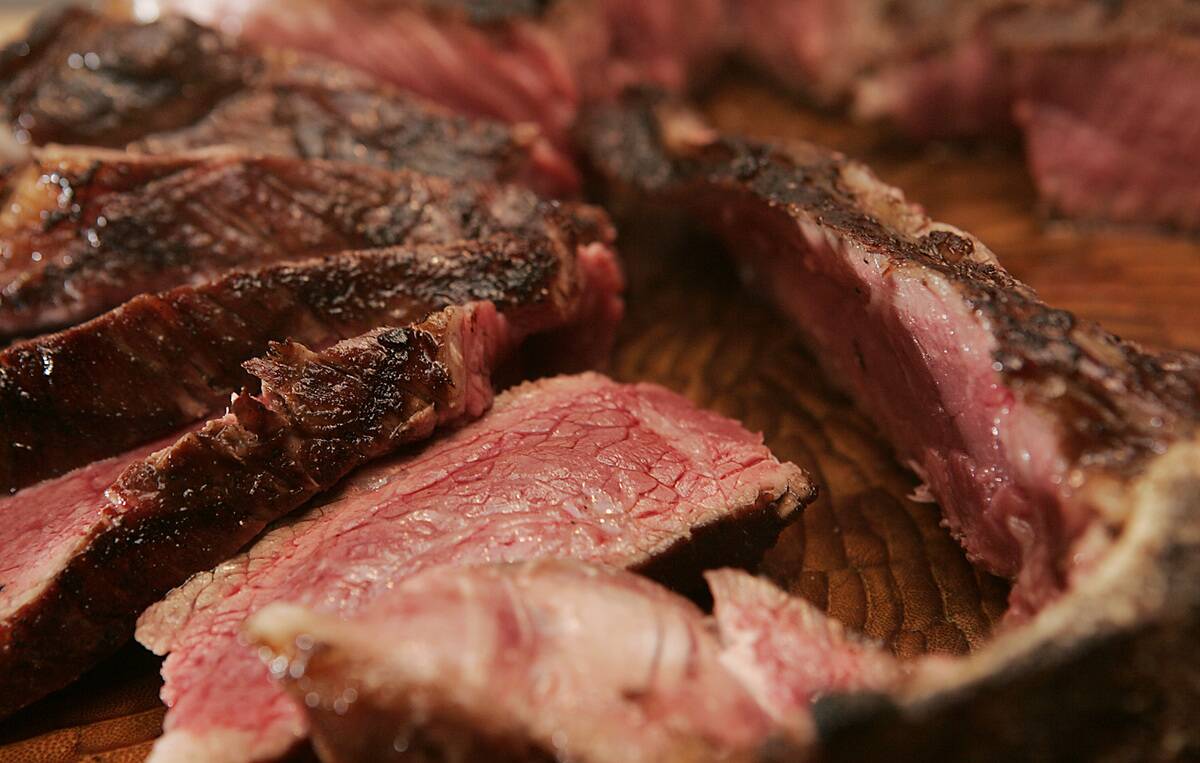
Searing meat is often said to lock in juices, but this is more sizzle than substance. The real benefit of searing is the Maillard reaction, which enhances flavor and color by creating a savory crust.
However, studies have shown that searing doesn’t actually prevent moisture loss. The key to juicy meat lies in proper cooking time and temperature, not in how well it’s seared. So go ahead and sear for flavor, not for sealing in juices.
Myth: Adding Salt to Water Makes It Boil Faster
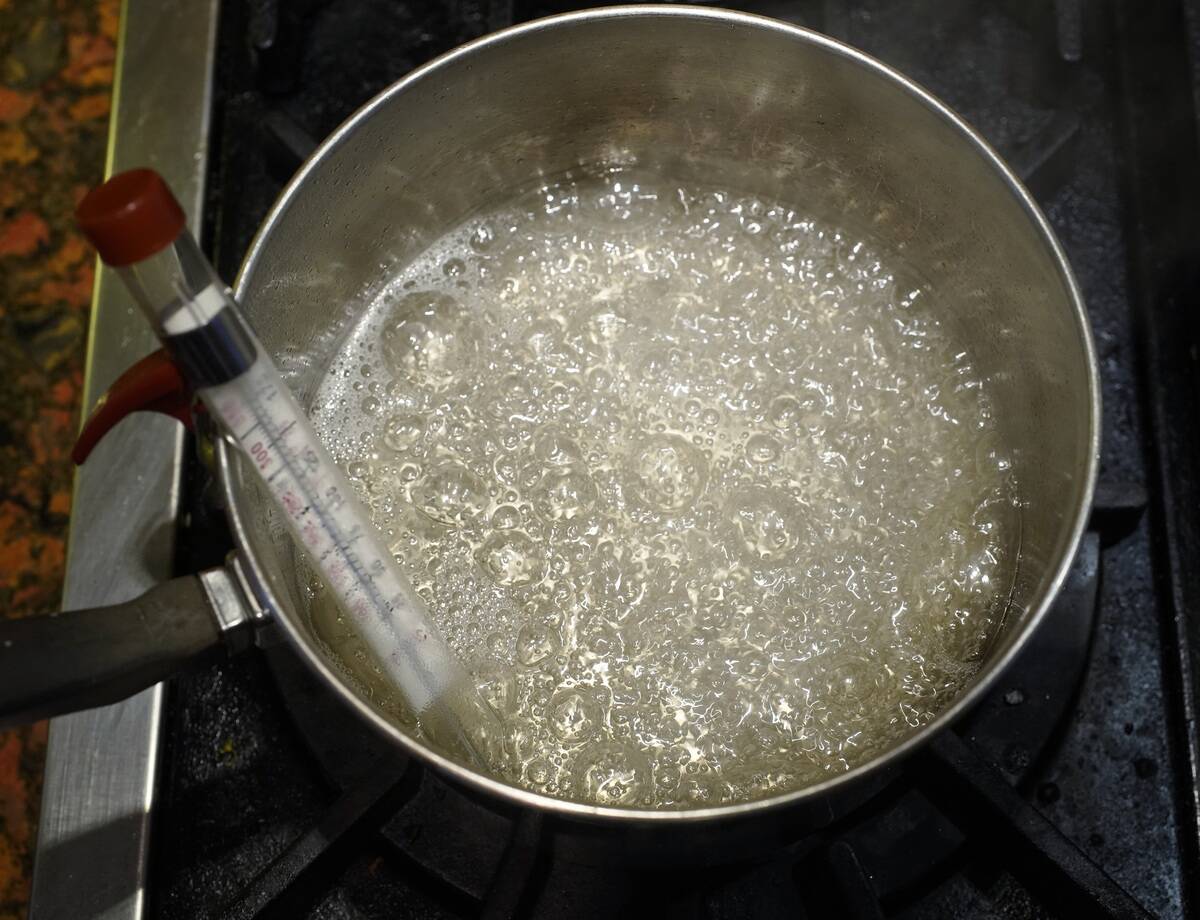
You might have heard that adding salt to water makes it boil faster, but this myth is easily debunked. Salt does increase the boiling point of water, a concept known as boiling point elevation.
However, the amount needed to make a noticeable difference is far more than anyone would use for cooking. The real reason to salt your pasta water is to enhance the flavor of the pasta, not to save a few seconds of boiling time.
Myth: Rinsing Pasta Prevents It from Sticking
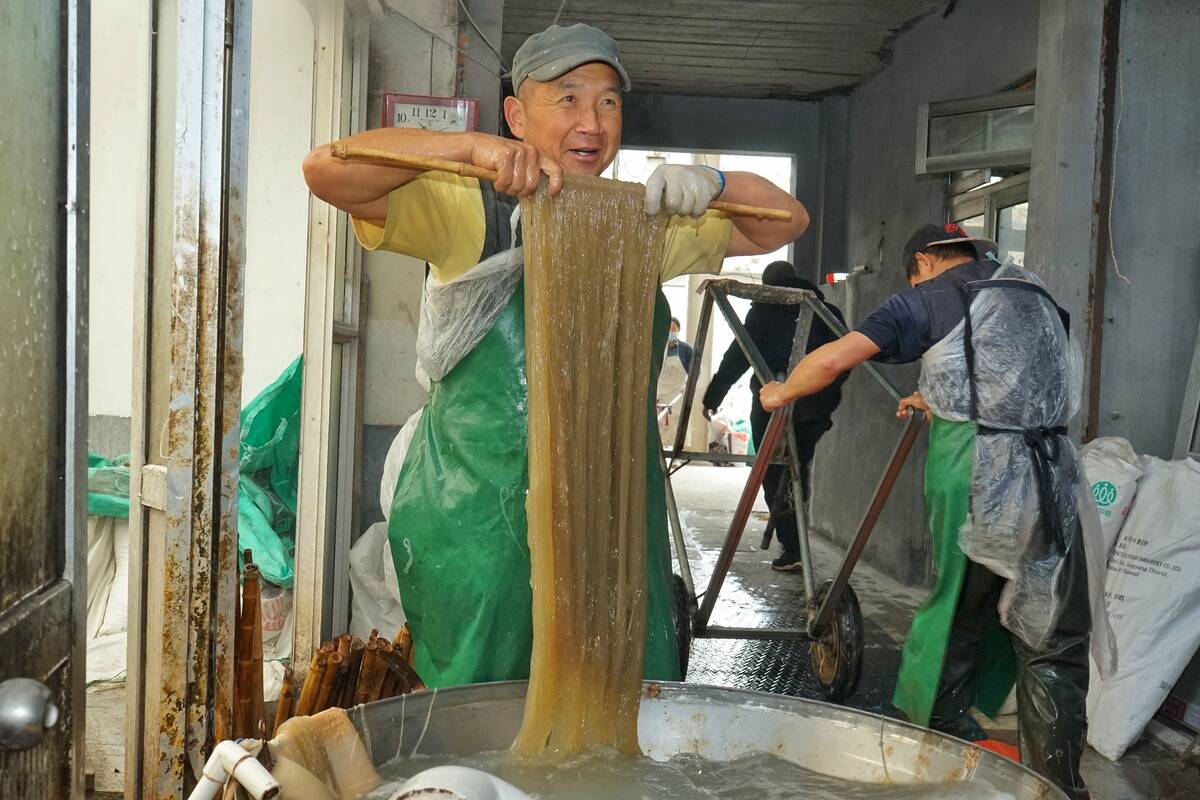
Rinsing pasta might seem like a good way to prevent sticking, but it actually washes away the starch that helps sauce adhere. Instead, give your pasta a good stir during the first few minutes of cooking to keep it from clumping.
If you’re making a cold pasta salad, rinsing can be beneficial to stop the cooking process. But for hot dishes, let that starch work its magic and hold onto the sauce for maximum flavor.
Myth: Alcohol Completely Cooks Off in Dishes
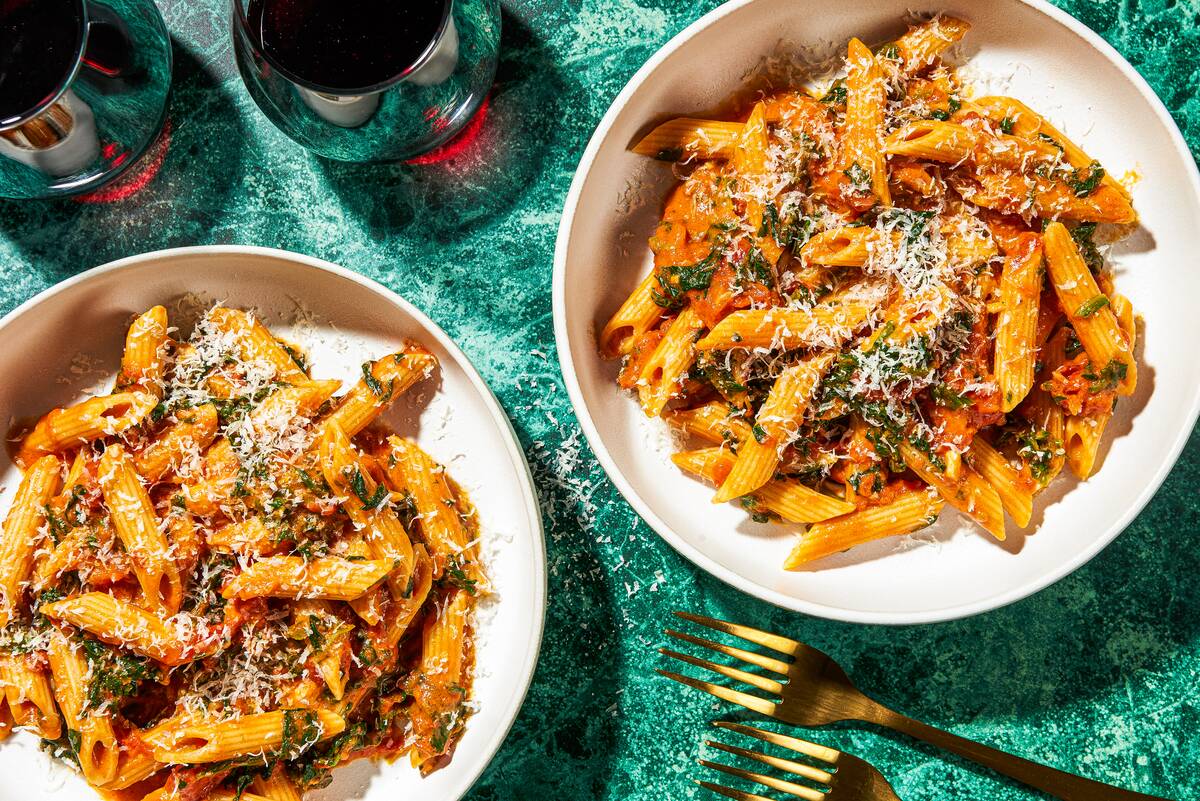
The belief that alcohol fully evaporates during cooking is a common misconception. While heat does cause some alcohol to evaporate, not all of it disappears. Cooking time, temperature, and the method used all play roles in how much alcohol remains.
Studies show that dishes simmered for 30 minutes can retain as much as 35% of the alcohol. So if you’re cooking for someone avoiding alcohol, it’s best to choose recipes without it.
Myth: More Oil Prevents Food from Sticking
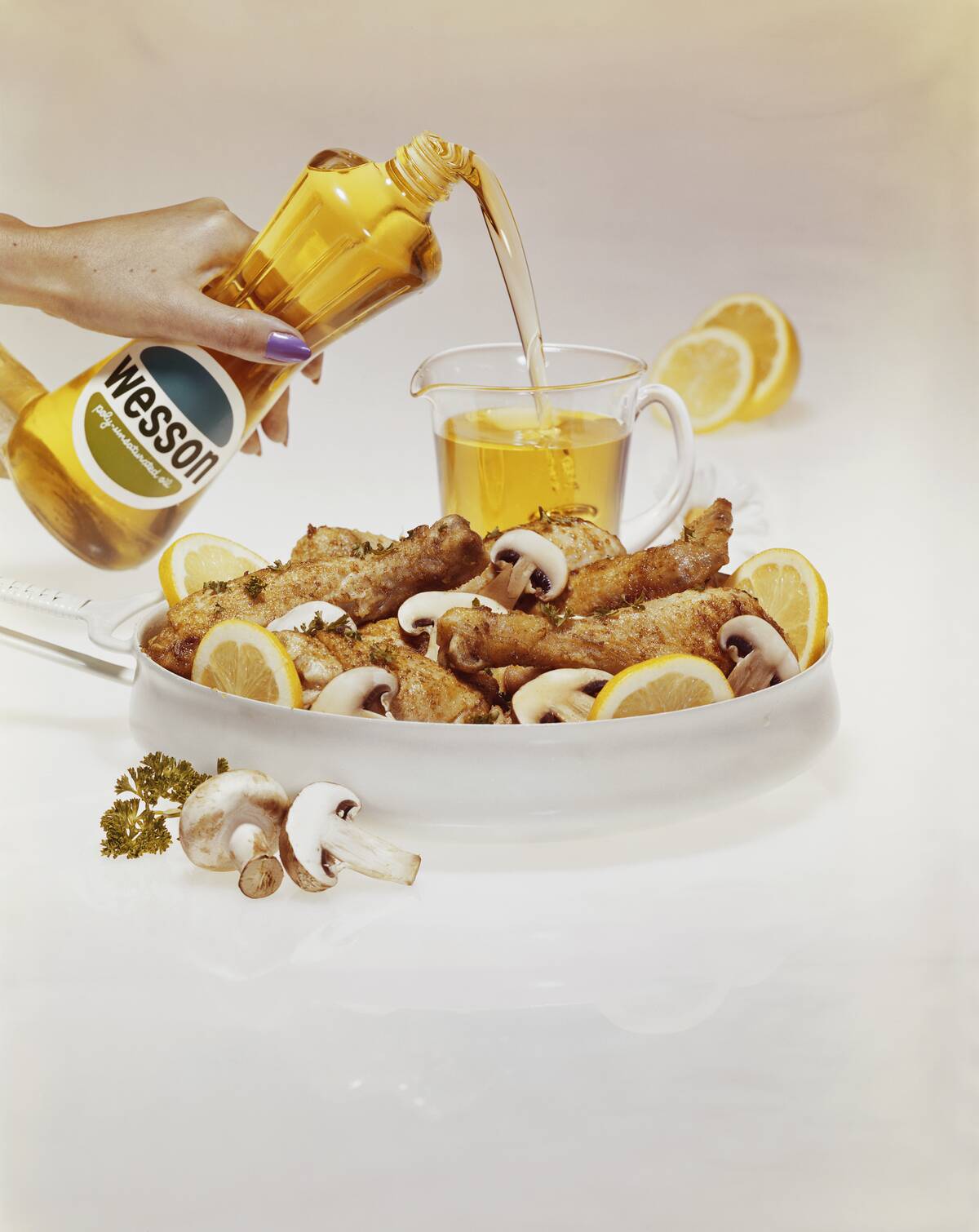
Adding more oil doesn’t necessarily prevent food from sticking to the pan. The key is to heat your pan properly before adding oil and food. A hot pan ensures that the oil forms a barrier between the food and the pan surface.
Too much oil can make your dish greasy without solving the sticking issue. Use just enough to coat the pan and allow the natural moisture and fats in the food to do the rest.
Myth: Fresh Produce Is Always Better Than Frozen
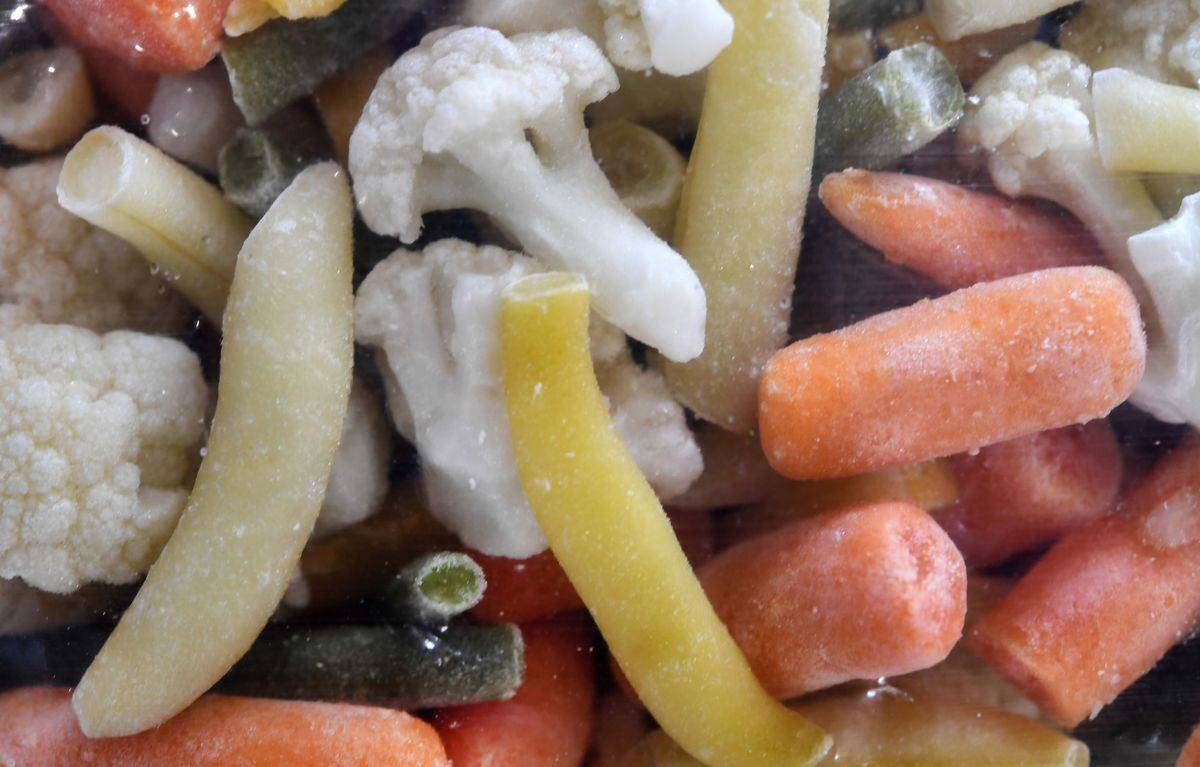
Fresh isn’t always best when it comes to fruits and vegetables. Frozen produce is often picked at peak ripeness and flash-frozen, preserving nutrients effectively. In contrast, fresh produce may lose nutrients during transport and storage.
For example, frozen peas and spinach can sometimes contain more vitamins than their fresh counterparts. So if convenience and longevity are your priorities, don’t shy away from the frozen aisle.
Myth: All Fat Is Bad for You
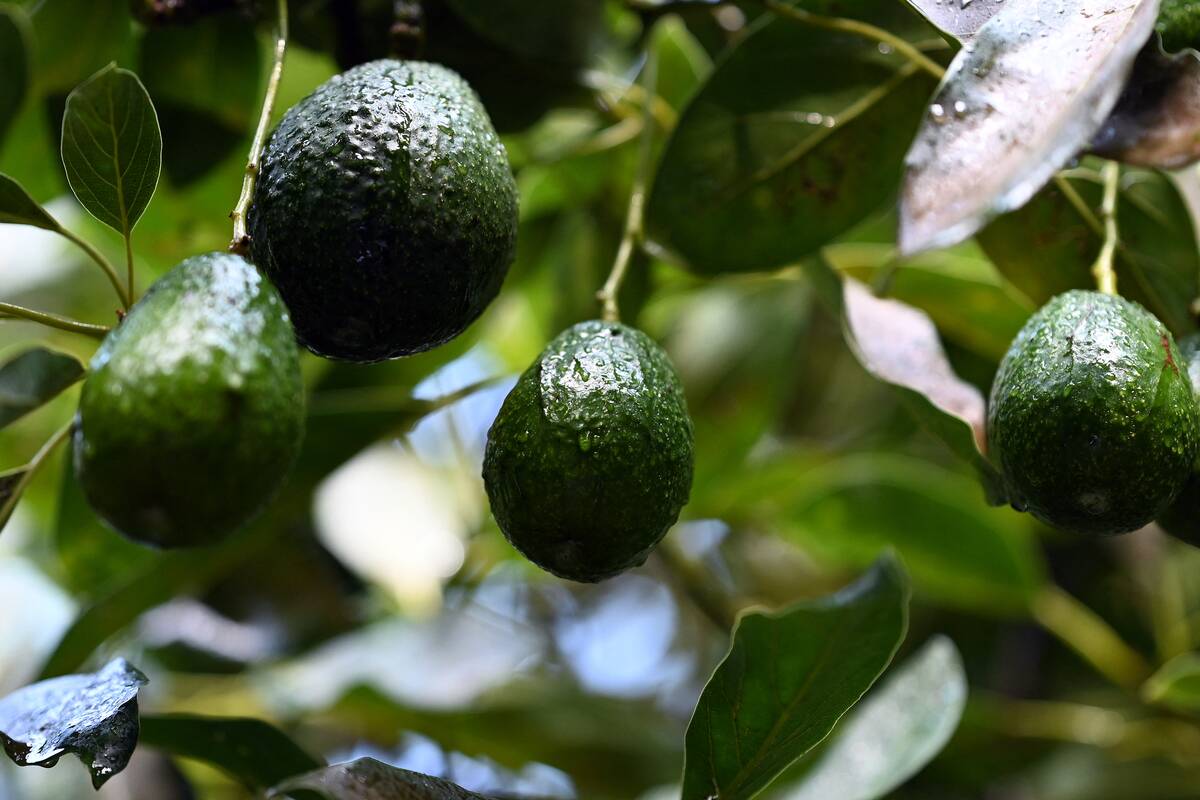
Not all fats are created equal, and some are essential to a healthy diet. Monounsaturated and polyunsaturated fats, found in foods like avocados and nuts, can lower bad cholesterol levels.
These fats can also provide important nutrients like omega-3 fatty acids. While it’s wise to limit saturated and trans fats, healthy fats can be a beneficial part of your diet when consumed in moderation. So don’t fear fats; just choose them wisely.
Myth: Cooking with Olive Oil Is Always the Healthiest Option
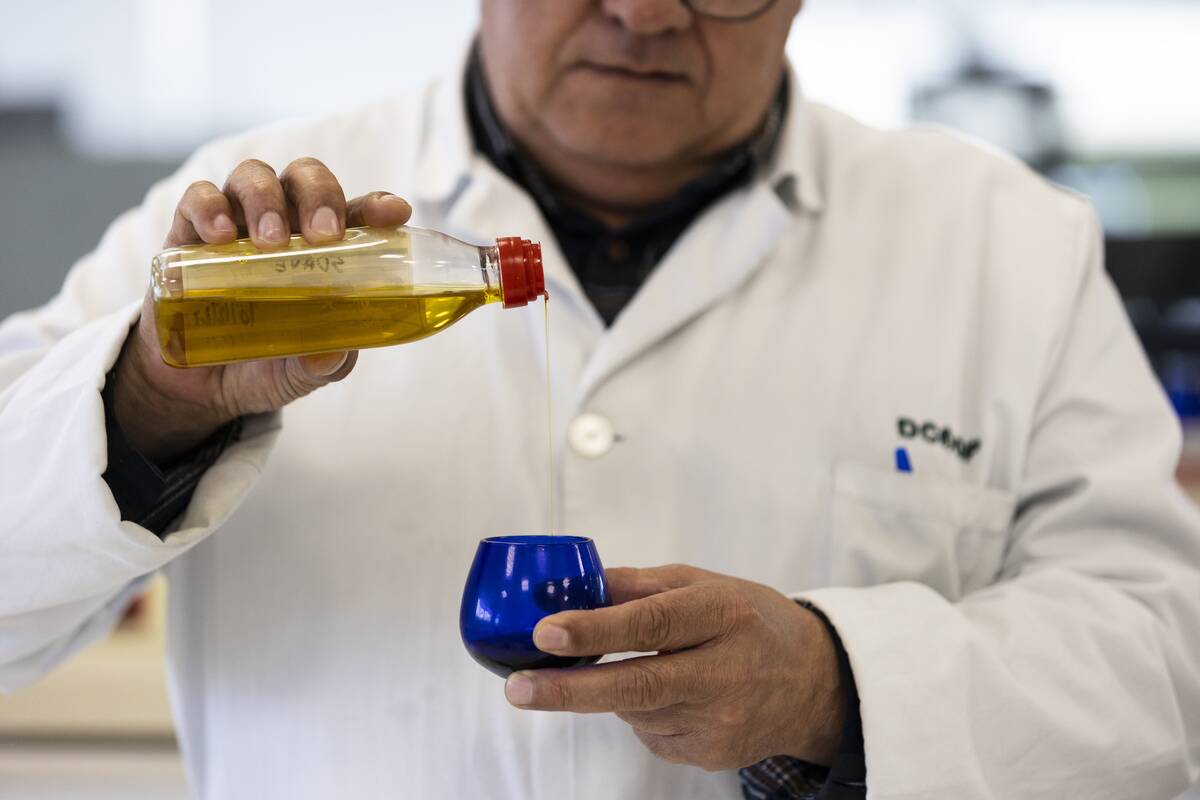
Olive oil is a staple in many kitchens, praised for its heart-healthy monounsaturated fats. However, it’s not always the best choice for cooking, especially at high temperatures.
Olive oil has a lower smoke point than oils like avocado or canola, which makes it less ideal for frying or searing. For high-heat cooking, consider using oils with higher smoke points to avoid burning and retain nutritional value.
Myth: Baking Soda and Baking Powder Are Interchangeable
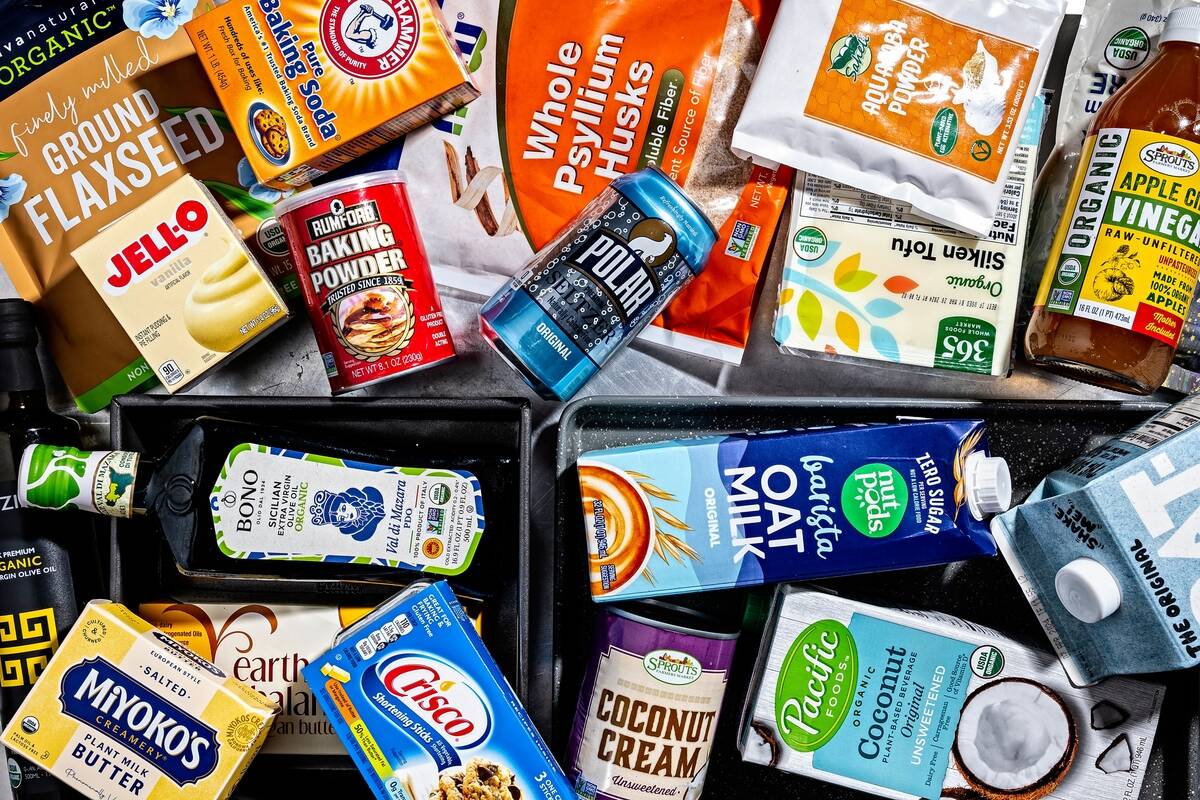
Baking soda and baking powder are not the same, and using them interchangeably can lead to baking disasters. Baking soda is a base that requires an acid to activate and create carbon dioxide for leavening.
Baking powder already contains an acid and only needs moisture to work. Substituting one for the other without adjustments can result in flat cakes or metallic flavors. Understanding their roles ensures your baked goods rise to the occasion.
Myth: You Should Always Cook with High Heat
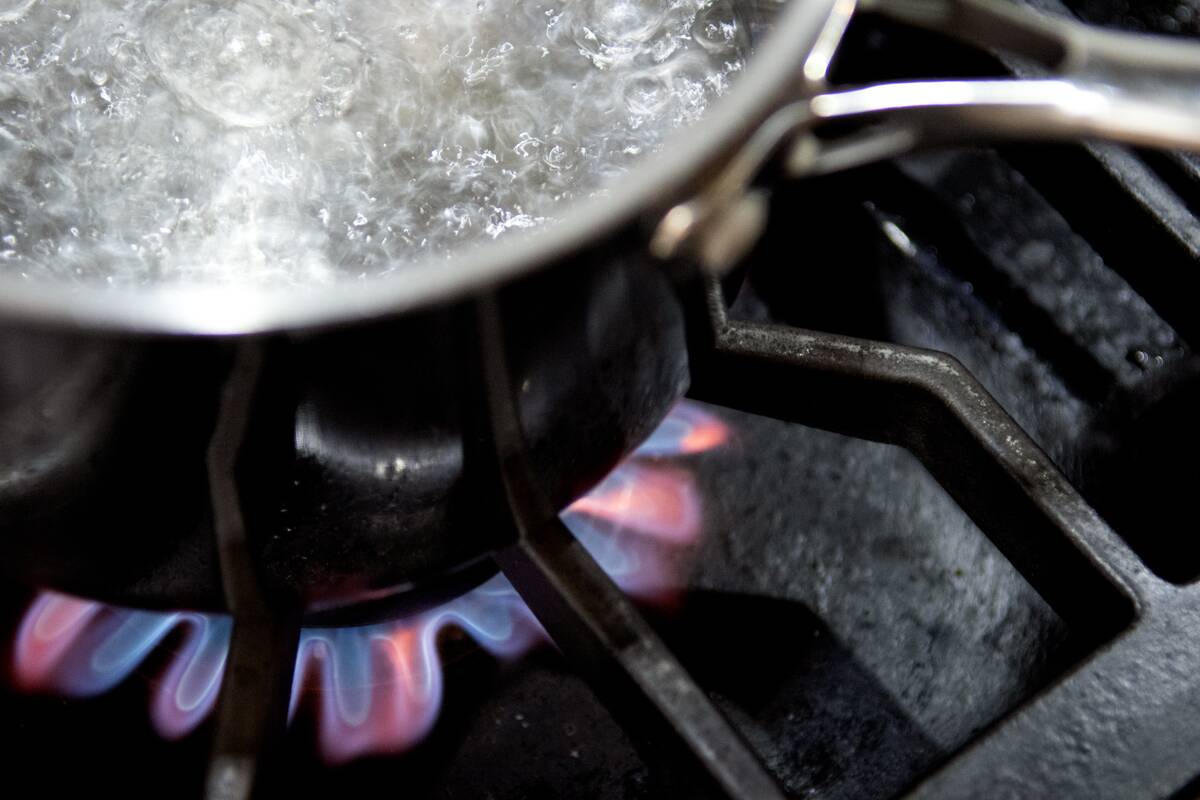
High heat isn’t always the answer in the kitchen. While it’s great for searing and quick-cooking methods like stir-frying, it can lead to burnt exteriors and raw interiors if not used carefully.
Lower temperatures allow for more even cooking and better flavor development, especially for dishes like stews or braises. Understanding when to dial down the heat can improve your cooking results and enhance the depth of flavors in your dishes.
Myth: You Can Substitute Any Pan for Baking

Not all pans are created equal when it comes to baking. Materials like glass, metal, and silicone all conduct heat differently, affecting baking times and outcomes. Glass pans may require lower temperatures, while dark metal pans can cause edges to brown faster.
Always consider the type of pan your recipe calls for to ensure even baking. Substituting pans without adjustments can lead to unevenly cooked or burnt baked goods.
Myth: Microwaves Kill All Nutrients in Food
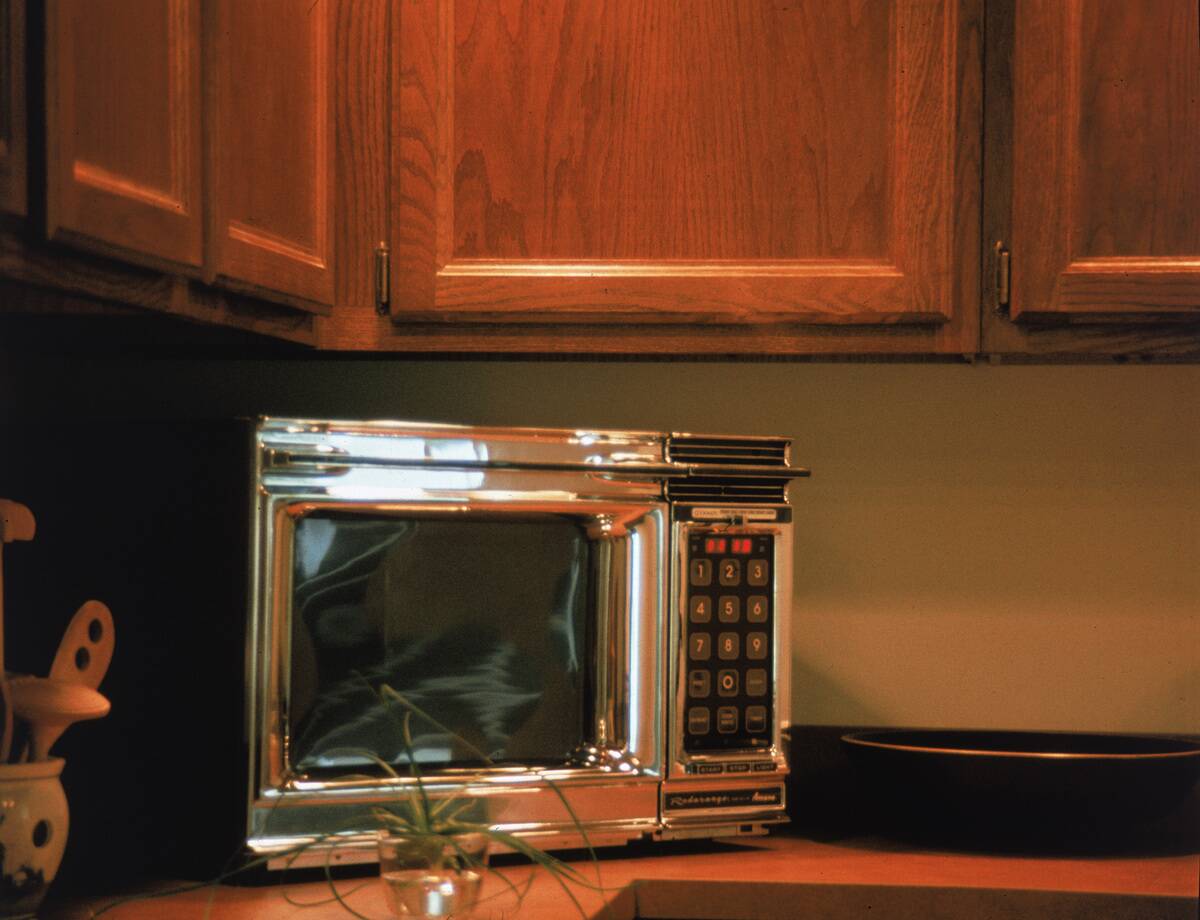
Microwaves have long been accused of zapping nutrients out of food, but this isn’t entirely true. Cooking methods that use less water and shorter cooking times, like microwaving, can actually preserve more nutrients compared to boiling.
The key is to microwave foods with minimal water and avoid overcooking. Whether you’re reheating leftovers or steaming veggies, microwaves can be a nutrient-friendly option when used correctly.
Myth: You Can Tell Meat Doneness by Color Alone
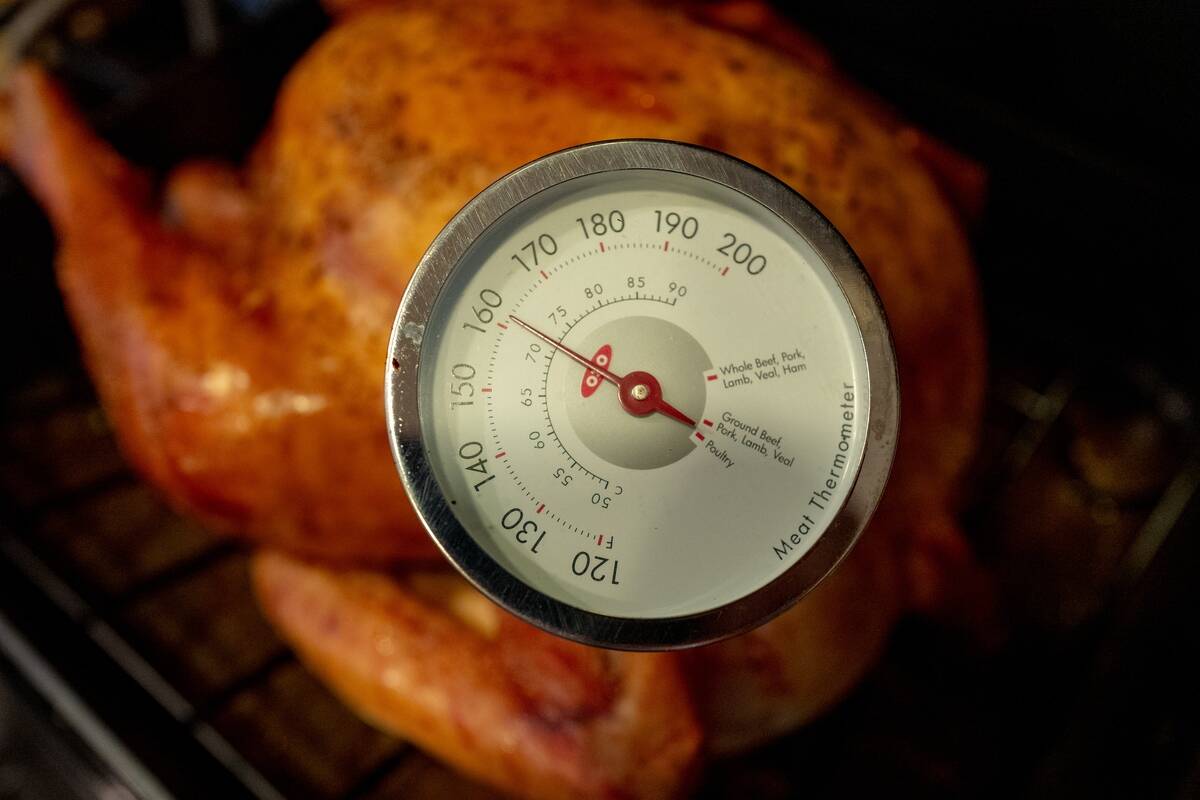
Color can be deceiving when it comes to determining the doneness of meat. Factors such as the type of meat, cooking method, and even lighting can affect its color.
The most reliable way to check doneness is by using a meat thermometer. For example, poultry should reach an internal temperature of 165°F, while medium-rare beef should be at 135°F. Trust your thermometer, not just your eyes, to ensure perfectly cooked meat.
Myth: You Must Preheat Your Oven for Everything
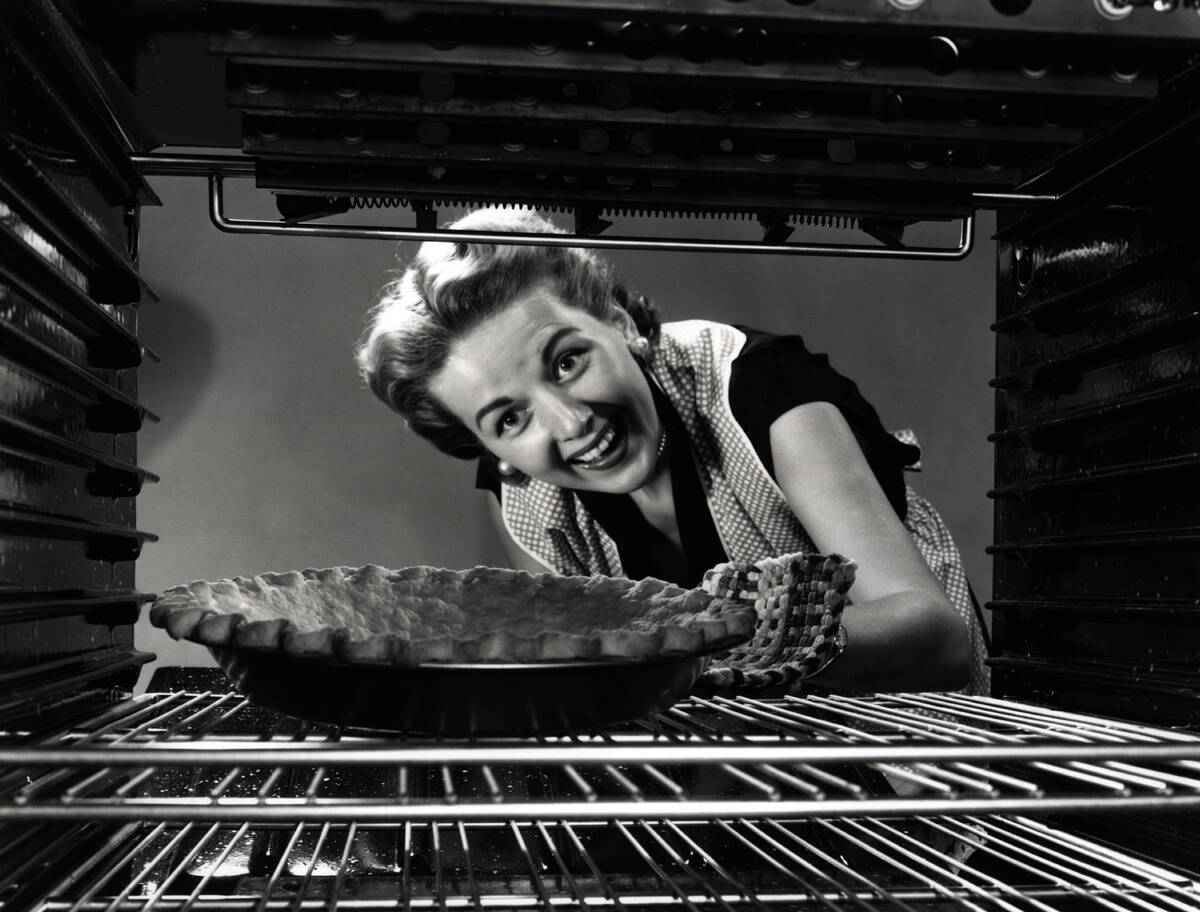
Preheating the oven is important for baking, where precise temperatures are key for chemical reactions. However, not every dish requires a preheated oven.
Roasts and casseroles can often be placed in a cold oven, allowing them to cook evenly as the oven warms up. This can even save energy over time. Always check your recipe requirements, but know that sometimes it’s okay to skip the preheat phase.




